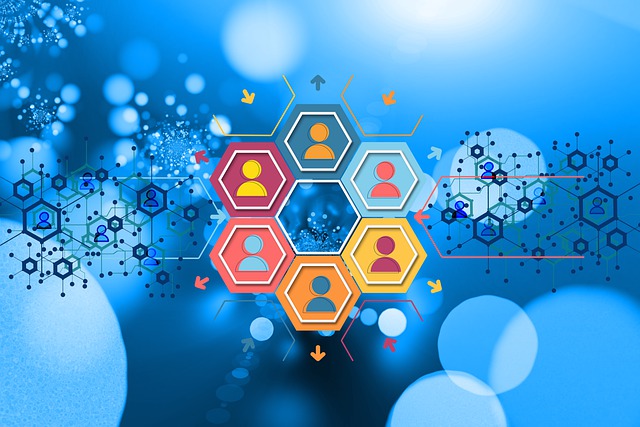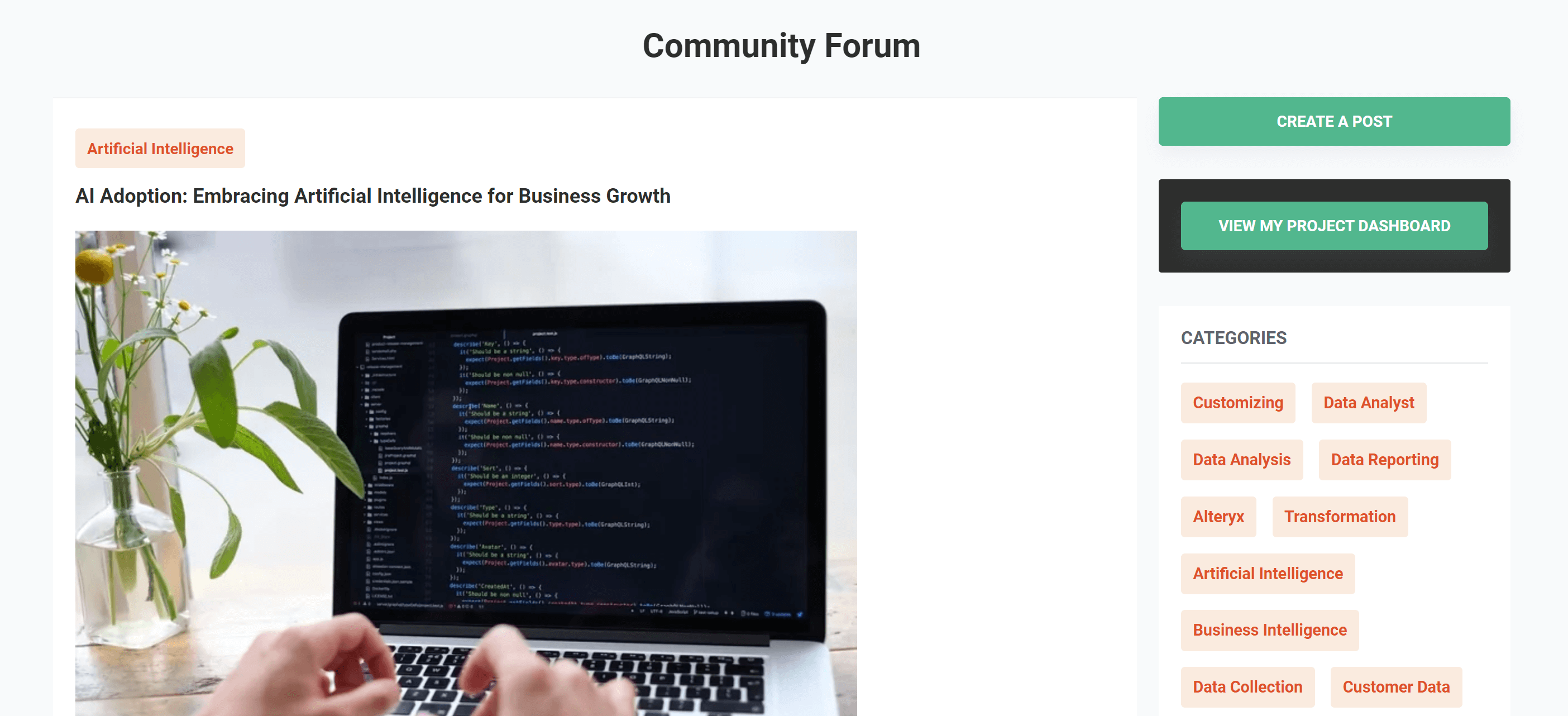Exploring Python’s Impact Across Industries in 2024: From AI to Cloud Computing

Table of content
Python in AI
Data Analytics With Python
Python Libraries for AI and ML
Python in IoT (Internet of Things)
Python for Game Development
Data Visualization
Natural Language Processing
Python in the Cloud
Python for Game Development
Conclusion
Python in AI
Python is widely regarded as one of the easiest programming languages to learn and use. In fact, when compared with other object-oriented programming (OOP) languages, it is approximately one-fifth as complex, which has contributed to its growing popularity across the tech industry.
What makes Python stand out is its rich set of prebuilt libraries. These include Numpy for scientific calculations, Scipy for advanced computations, and Pybrain for machine learning, making Python an essential tool in the world of AI development. As a result, Python in AI has become a dominant choice for developers and businesses looking to harness the power of artificial intelligence.
One of the significant advantages of Python is the vast support network it enjoys. Developers across the globe actively contribute to forums and tutorials, providing a strong community that makes learning and troubleshooting far easier than many other programming languages.
In addition, Python is platform-independent, offering unparalleled flexibility across a variety of platforms and technologies. Minimal changes to the codebase are needed to ensure compatibility, which makes Python a top choice for AI applications. Furthermore, Python’s ability to switch between OOP and scripting methods adds another layer of flexibility, allowing developers to choose the approach that best fits their needs.
Data Analytics With Python
In today’s data-driven world, the ability to analyze and interpret data is more crucial than ever. Python, a versatile and powerful programming language, has emerged as a dominant tool in data analysis. Its rich ecosystem of libraries and frameworks makes it an indispensable resource for data scientists and analysts. In this blog, we’ll explore how data analysis with Python comes together to unlock insights and drive informed decision-making.
In today’s data-driven world, the ability to analyze and interpret data is more crucial than ever. Python, a versatile and powerful programming language, has emerged as a dominant tool in data analysis. Its rich ecosystem of libraries and frameworks makes it an indispensable resource for data scientists and analysts. In this blog, we’ll explore how data analysis with Python comes together to unlock insights and drive informed decision-making.
Key Python Libraries for Data Analysis
- Pandas: A cornerstone of data analysis in Python, Pandas provides high-performance data structures and data analysis tools. Its DataFrame object allows for efficient manipulation, cleaning, and analysis of structured data.
- NumPy: NumPy offers support for large, multi-dimensional arrays and matrices, along with a collection of mathematical functions to operate on these arrays. It is foundational for numerical computations in Python.
- Matplotlib: For data visualization, Matplotlib is a powerful plotting library that enables the creation of static, animated, and interactive plots. It helps in visualizing data trends and patterns effectively.
- Seaborn: Built on top of Matplotlib, Seaborn provides a high-level interface for drawing attractive and informative statistical graphics. It simplifies the creation of complex visualizations.
- SciPy: SciPy builds on NumPy and provides additional functionality for scientific and technical computing, including optimization, integration, and statistics.
Python Libraries for AI and ML
Python plays a central role in shaping today’s technology landscape, particularly in the fields of machine learning (ML) and artificial intelligence (AI). In 2024, libraries like TensorFlow, PyTorch, and Keras continue to make these technologies more accessible. They allow developers to create complex models faster, driving advancements in automation, predictive analytics, and other key areas.
Python in IoT (Internet of Things)
The Internet of Things (IoT) sector is experiencing significant growth, with Python emerging as a vital tool in building applications for connected devices. Python’s simplicity and versatility make it ideal for IoT development, particularly when working with hardware like sensors and microcontrollers. Libraries such as MicroPython and CircuitPython are specifically tailored for these tasks, allowing developers to write clean, efficient code directly for microcontrollers.
MicroPython and CircuitPython stand out by providing a user-friendly, Pythonic approach to programming embedded systems. They support rapid prototyping and ease of deployment, which is crucial for IoT projects where scalability and efficiency are paramount. These libraries have found applications in diverse areas such as smart homes, where devices communicate seamlessly, industrial automation systems that optimize manufacturing, and wearable technology that enhances personal health monitoring. By leveraging Python and these specialized libraries, developers can drive innovation across the IoT ecosystem, creating more intelligent and responsive systems.
Python for Game Development
Python has made a significant impact on game development, offering developers a range of tools to create immersive gaming experiences. Libraries such as Pygame and Panda3D continue to play a key role in 2024, combining ease of use with powerful features. This makes game development more accessible to beginners and fosters creativity within the gaming community.
Python is one of the most versatile programming languages, widely used across industries, including game development, web development, and graphical user interfaces (GUIs). With Python’s built-in Pygame package, developers can create visually appealing games, complete with animations, sound effects, and music, even with basic Python programming knowledge.
Pygame is a cross-platform library designed for video game development, offering support for graphics and sound to enhance the gaming experience. Originally developed by Pete Shinners as a replacement for PySDL, Pygame provides everything needed to build engaging and interactive games, making it a popular choice for both hobbyists and professionals alike.
Data Visualization
Data visualization plays a vital role in simplifying complex datasets, making it easier to interpret and present findings. Python, with its powerful libraries such as Matplotlib, Seaborn, and Plotly, has become a go-to tool for data professionals. These libraries offer a wide range of visualization options, from basic charts to intricate, interactive graphs, helping data scientists and analysts convey their insights more effectively. With these tools, turning raw data into clear, understandable visuals becomes more accessible and impactful for decision-making.
Natural Language Processing
When discussing Python trends, it’s impossible to overlook natural language processing (NLP). Python plays a central role in this rapidly expanding field, largely due to libraries like NLTK, spaCy, and Transformers. These libraries enable various capabilities such as language modeling, sentiment analysis, and text classification. They are key to powering applications like chatbots, language translation, and sentiment analysis.
Natural language processing focuses on helping machines understand and interact with human language. It involves teaching computers to grasp language elements such as grammar, syntax, and meaning. Using statistical and machine learning techniques, NLP identifies patterns in large volumes of text, allowing machines to recognize, classify, and respond to human language effectively. This article will delve into what NLP is, how it operates, and its applications across different industries, as well as explore the challenges and future improvements in the field.
Python in the Cloud
Cloud computing is now a cornerstone of contemporary IT infrastructure, and in 2024, Python’s compatibility with cloud services is a major trend. Libraries and SDKs for platforms like AWS, Google Cloud, and Azure make it straightforward for Python developers to connect their applications with cloud environments. This integration facilitates the creation of scalable, cloud-native applications, enhancing the flexibility and efficiency of development.
Python for Game Development
Python’s influence on game development is significant, thanks to its user-friendly syntax and powerful libraries. In addition to Pygame and Panda3D, Python’s integration with libraries like Godot (through Python scripting) further expands its potential in game creation. These tools provide developers with a solid foundation for building engaging 2D and 3D games, making Python a versatile choice for game development projects.
Conclusion :
Python’s versatility and adaptability continue to drive its prominence across various technological domains. From game development to cloud computing, and from data analytics to natural language processing, Python’s rich ecosystem of libraries and tools makes it a top choice for developers and businesses alike. Its ease of use, combined with powerful capabilities in fields such as AI, IoT, and data visualization, ensures that Python remains at the forefront of technological innovation. As we move forward, Python’s role in shaping the future of technology is set to expand, highlighting its ongoing relevance and influence in the tech world.
Get your data results fast and accelerate your business performance with the insights you need today.



